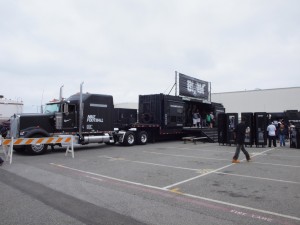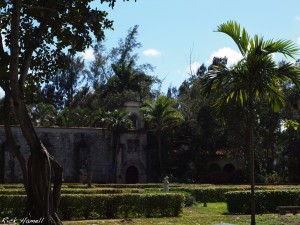The Seven Toughest Men in Oregon History – Part 1
Here are The Seven Toughest Men in Oregon History. Merely getting to Oregon in the first place separated the tough from the weak. Dangers such at Cholera, sickness, injury, malaria, scurvy, and worse of all, head and body lice. Once emigrants somehow managed to arrive successfully, they then had to wait out the long rainy fall and winter before being able to even start clearing fields and planting crops. Often they were already at the end of their food supplies and were left not option but to forage for food, or subsist on a single menu choice such as deer meat. It was often two or three years after their arrival before emigrants were growing a surplus of crops.
There were exactly two routes to Oregon during the 1800’s. Overland via the path now known as the Oregon Trail, or via ship all the way around South America and Cape Horn. Both routes were dangerous in themselves.
The Southern Route by ship around Cape Horn in South America was thought to be faster, but depending on who you talked to was either the safer or the more dangerous route. Until local industry and better transportation methods such as pack wagon trains and rail road came along, between 1840’s-1880’s this is the route that most goods shipped to Oregon took. Especially anything large and bulky. Between rough seas, unpredictable storms, unreliable charts, poorly maintained ships, and the risk of rotting food and contaminated water it was no pleasant sea voyage, yet thousands took this route.
But the vast bulk of immigrants to Oregon came over the Oregon Trail. Numbers range wildly from 260,000 to 1.2 million depending on the source. 500,000 seem to be the generally accepted number for 1841-1866. It’s estimated that roughly 2/3rds of these people went south to California, but the rest settled all across Oregon. Either way about 10% of these people died on the trail.
To be fair the below list includes many more then seven men. For instance trying to separate the Lewis and Clark expedition would fill this entire list by itself. Instead of order of “toughest” this is in rough Chronological order.





